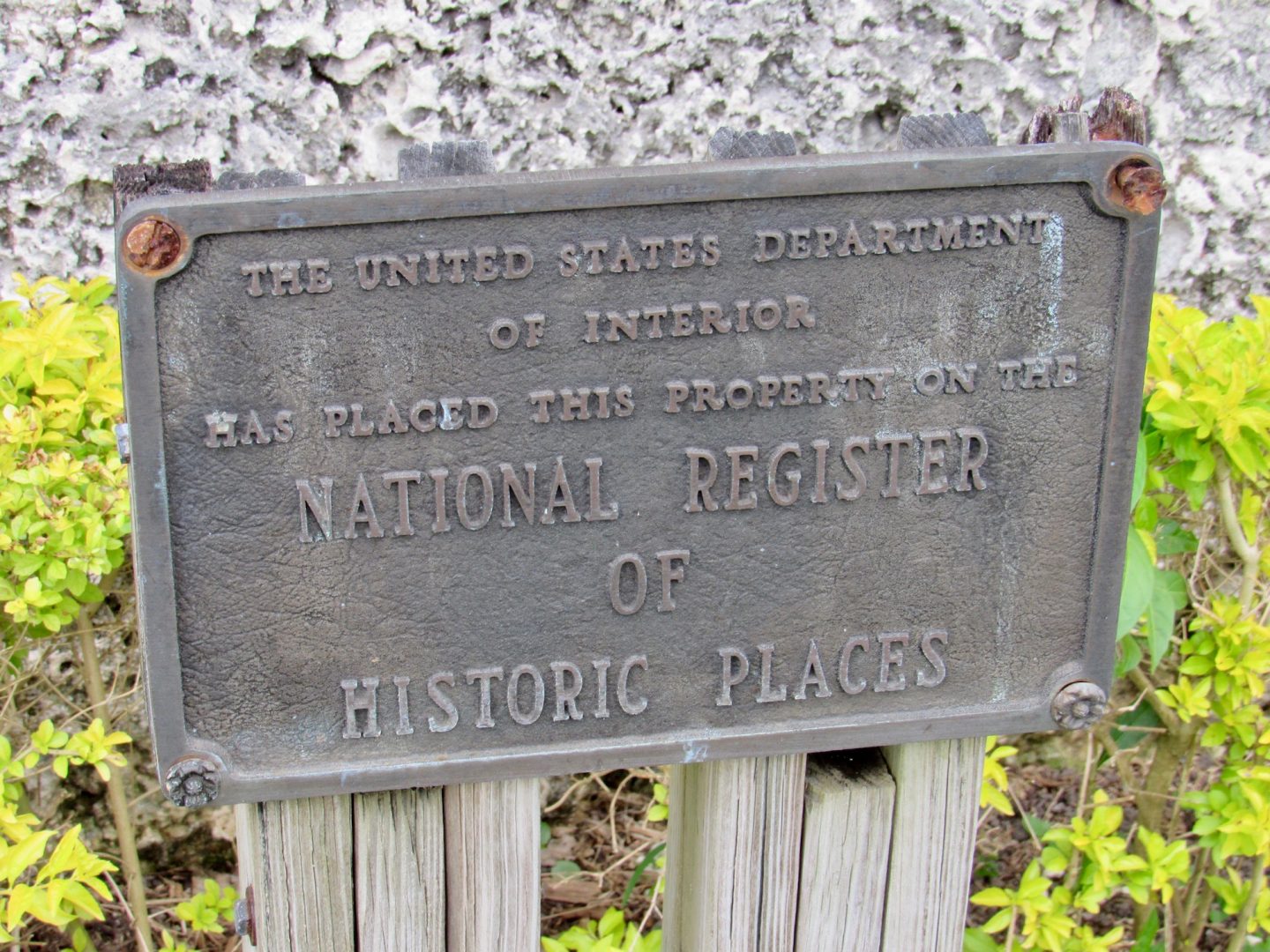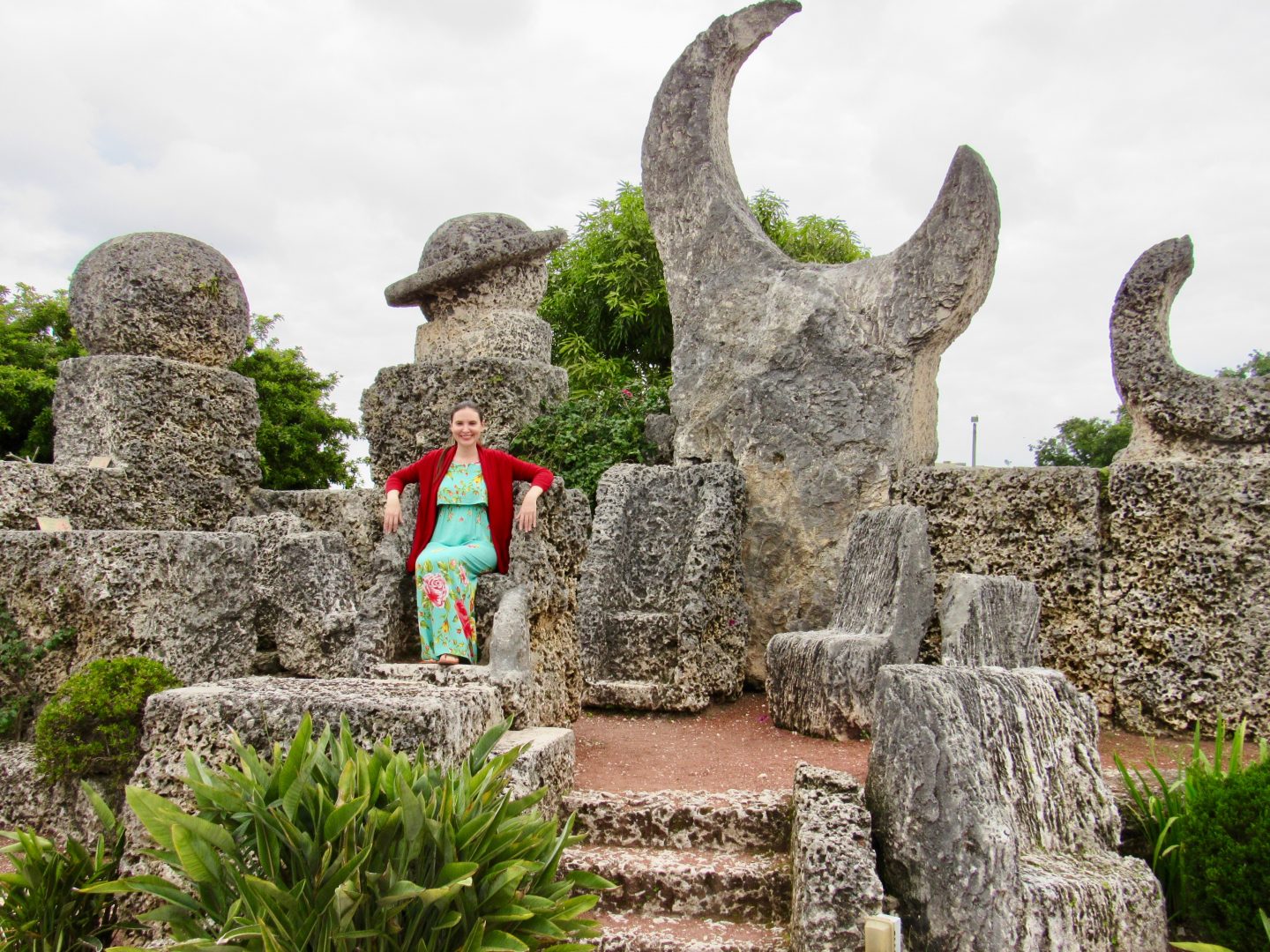Coral Castle in Homestead, Florida is a place I went as a child with my family. In my mind I remembered it bigger, but it still seemed fascinating. This coral castle is a limestone structure created by Edward Leedskalnin an eccentric American Latvian. Its construction has been an enigma for more than 90 years.

The visit includes a guided tour at no additional cost. We went on a gray day and they offered us an umbrella in case it rained.
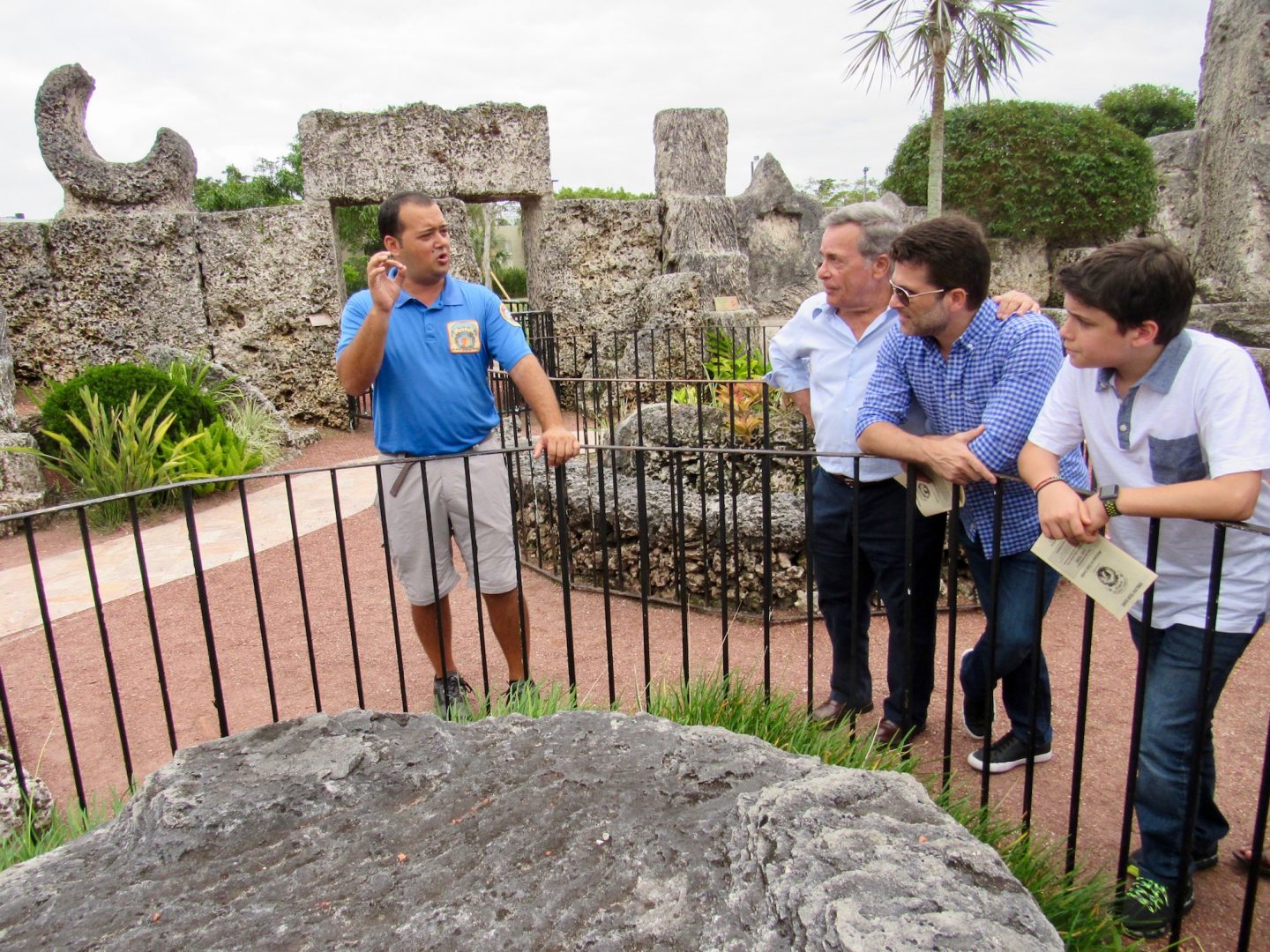
How did Edward Leedskalnin get to Florida?
Edward Leedskalnin was born in Riga, Latvia in 1887. He came from a poor family and only completed the fourth grade of the school. When he was 26 years old he promised to marry Agnes Scuffs who was 16 years old. He called her “Sweet Sixteen”. A day before the wedding she tells him that he was too poor and too old to marry her.

As a curious fact, singer Billy Idol was inspired by the tragic love story and made a song called “Sweet Sixteen”. The video was filmed at Coral Castle.
With a broken heart, Ed decides to go to Germany and boards the USS Pennsylvania to New York. From there he goes to Canada, California and Texas where he works as a lumberjack. He got tuberculosis and the doctor told him that he needed sun and fresh air so he decided to move to Florida in 1918.
He arrived in Florida City, Florida and was helped by the Moser family until he regained his health. He worked for them for a while and it is not known if they sold or gave him 1 acre (0.4 hectare). At that time there was nothing in the area, it was a simple dirt road and pine forests.
The Coral Castle you see today is the second castle
The first castle was built in Florida City and was in use from 1923 to 1936 when he decided to move it. He charged 10 cents for admission. The original sign is at the entrance of the new site.
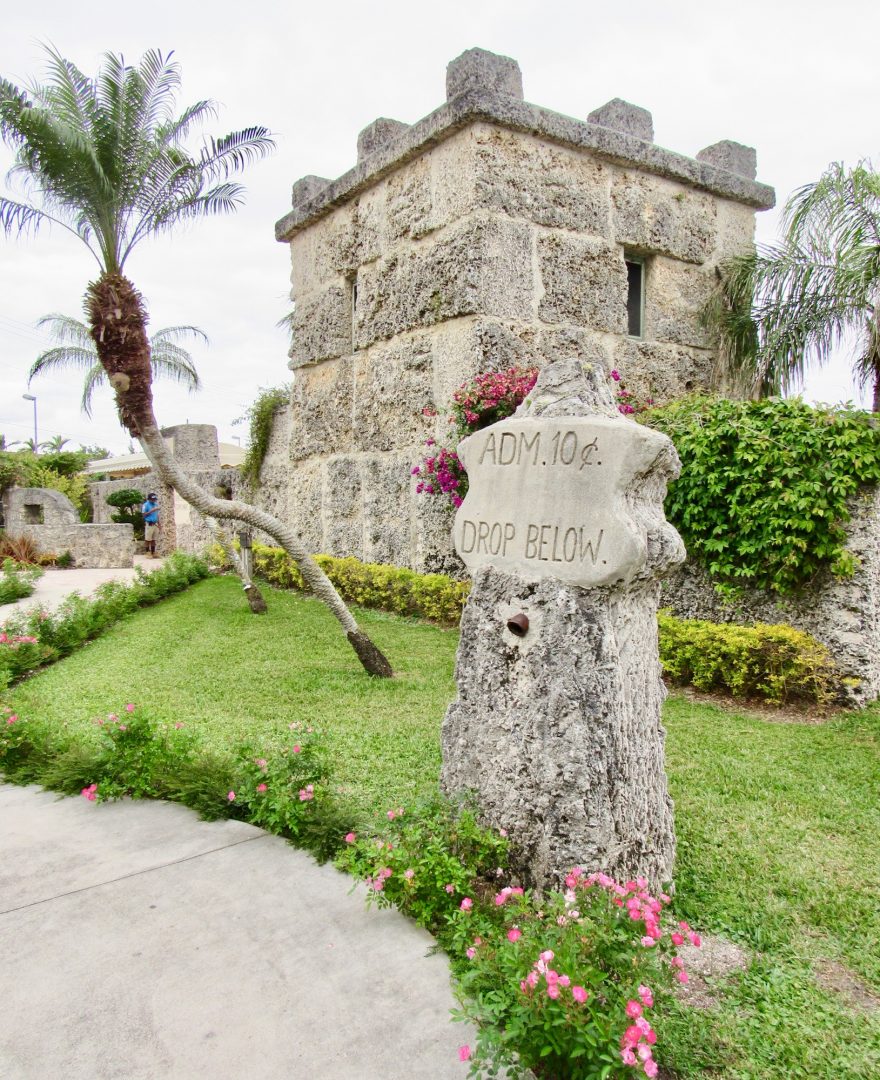
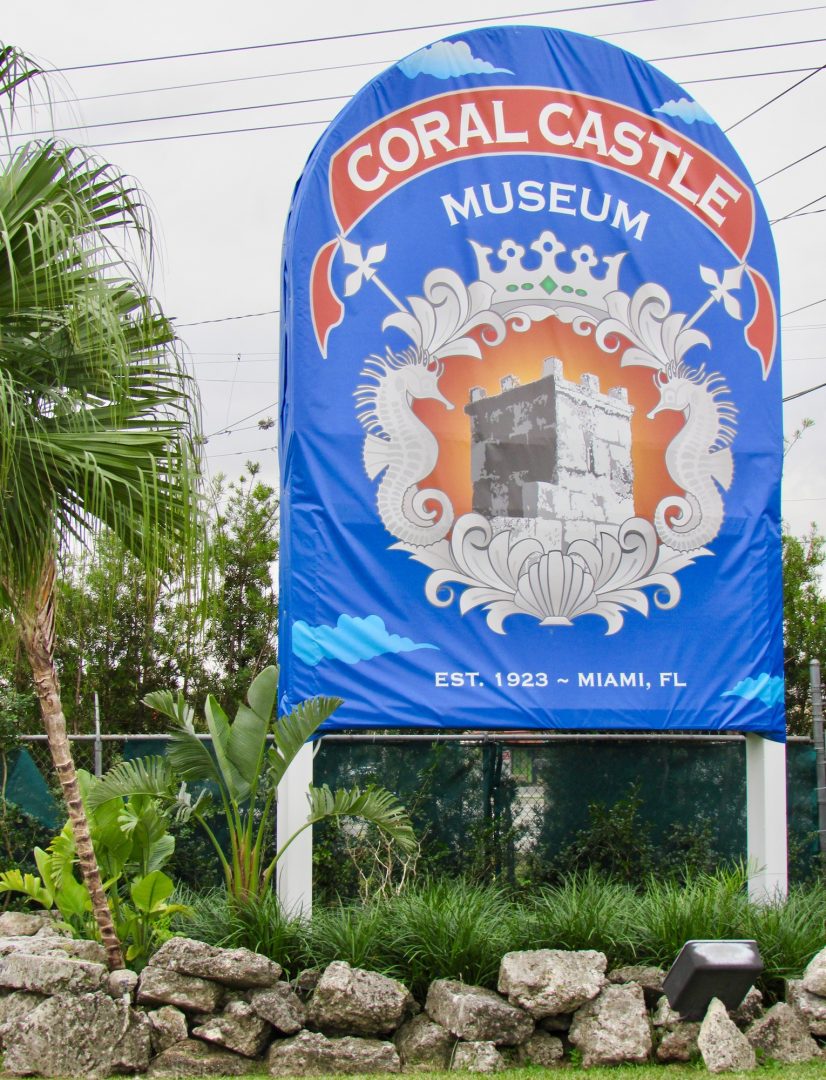
The only time there is record that he had help was to move the pieces 7 miles between the two sites. As Edward Leedskalnin was very simple, he had no car and didn’t know how to drive. He had to hire a 15-year-old boy with a tractor and it took him 3 years to move it all.
It is easy to differentiate which piece is from which castle. Those that have lines are from the first castle and those that are like sponges are from the second castle. In front of Coral Castle there is a sign that indicates one of the quarries, since the others were covered.
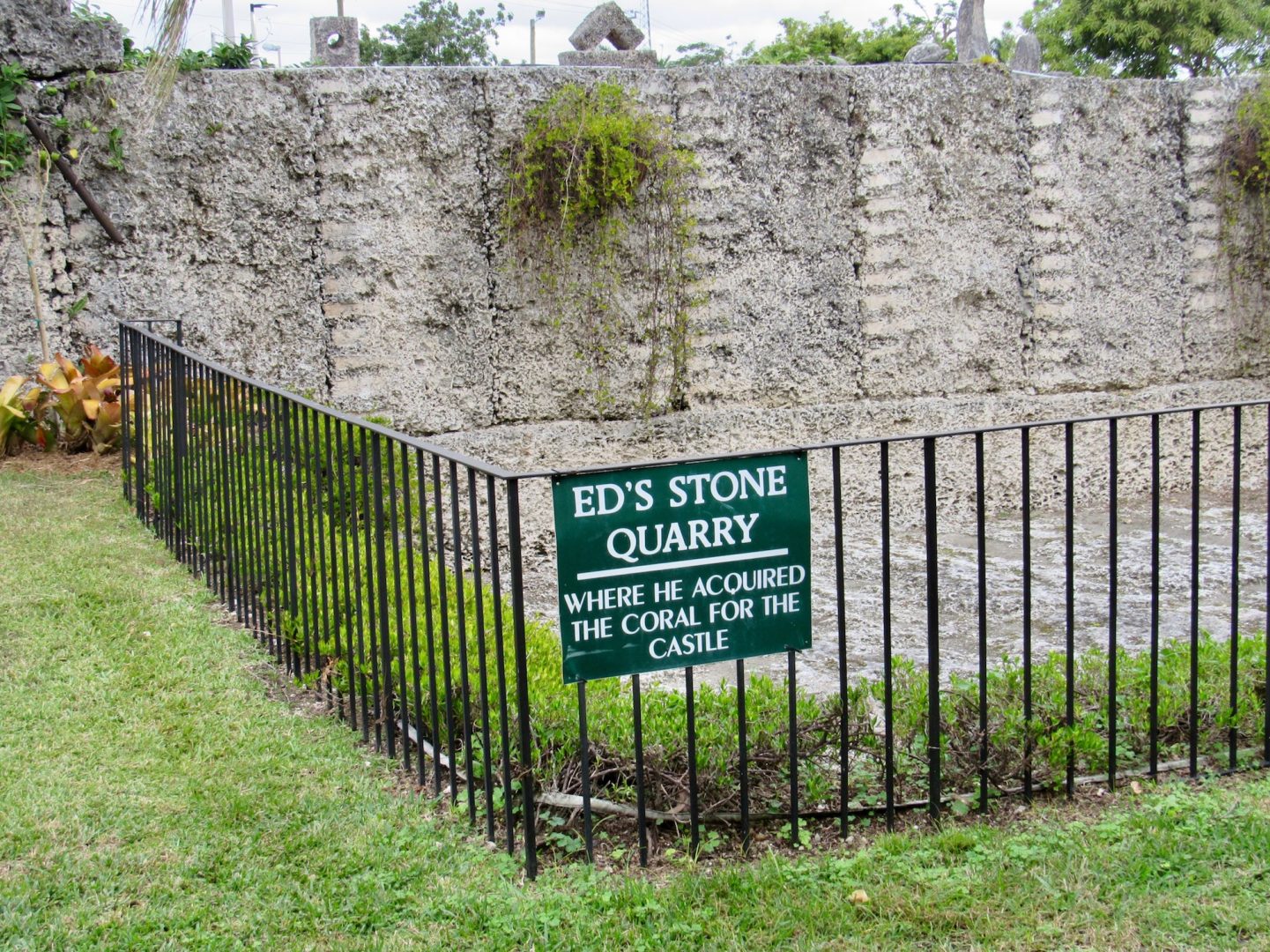
The obelisk weighs 28 tons and was the last thing that moved from the other castle. It carries the carved inscriptions: “MADE 1928, MOVED 1939, BORN 1887, LATVIA”.

The new castle was originally not called Coral Castle but Rock Gate Park. To be served you had to ring the bell twice for Ed to come down from his tower. In the new location, he began charging 25 cents (inflation).
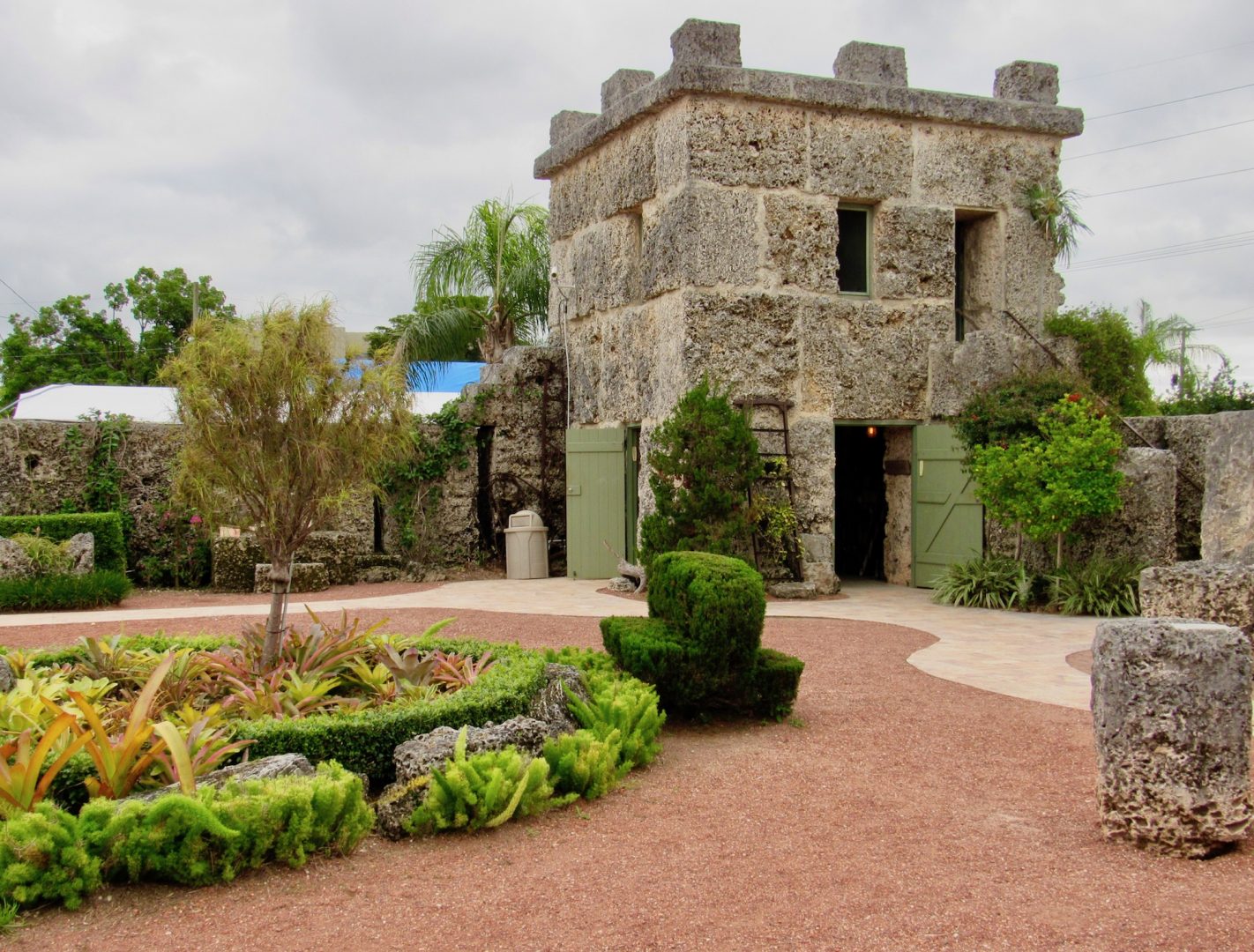
There is a stone gate that still works. To make it rotate, he found the central balance of the stone and made a hole in the middle by inserting the center of gravity of a model T truck with the axel and its ball bearings. To lubricate it, you open the lid and see the neck of a bottle of Coca Cola.
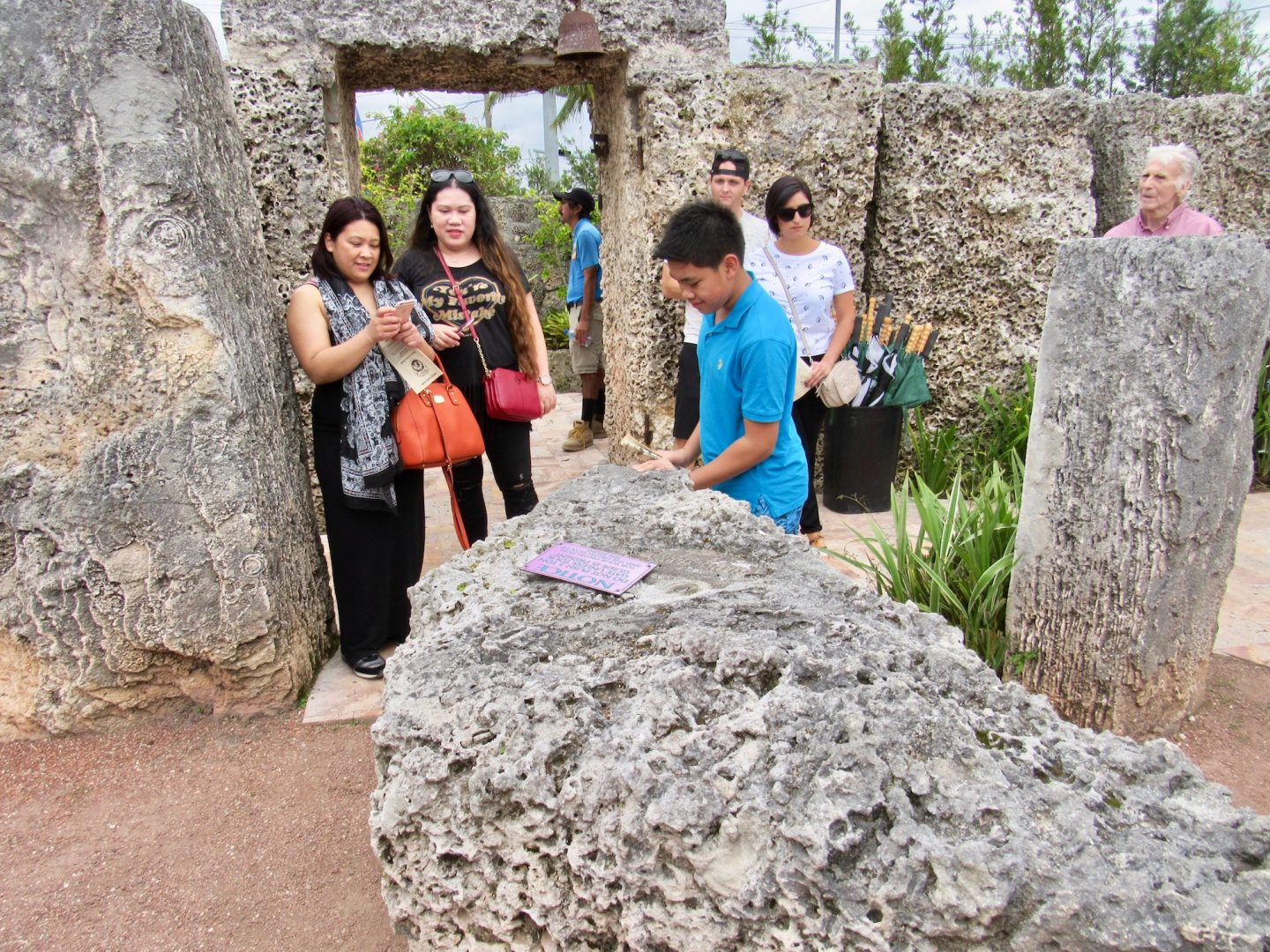
On YouTube you can watch a video of what the castle was like when Ed lived:
Construction remains a mystery 90 years later
The structure of Coral Castle is made of many megalithic stones, mainly limestone formed from coral. A megalith is a large stone that has been used to build a structure or monument, either alone or together with other stones. The north wall is the heaviest of the entire castle with 30 tons.

On the wall near the tower there is a tribute to Ed using stones. There is one in particular that has a human face that our guide told us was a selfie of Ed, even though other people think it was the alien who helped him.
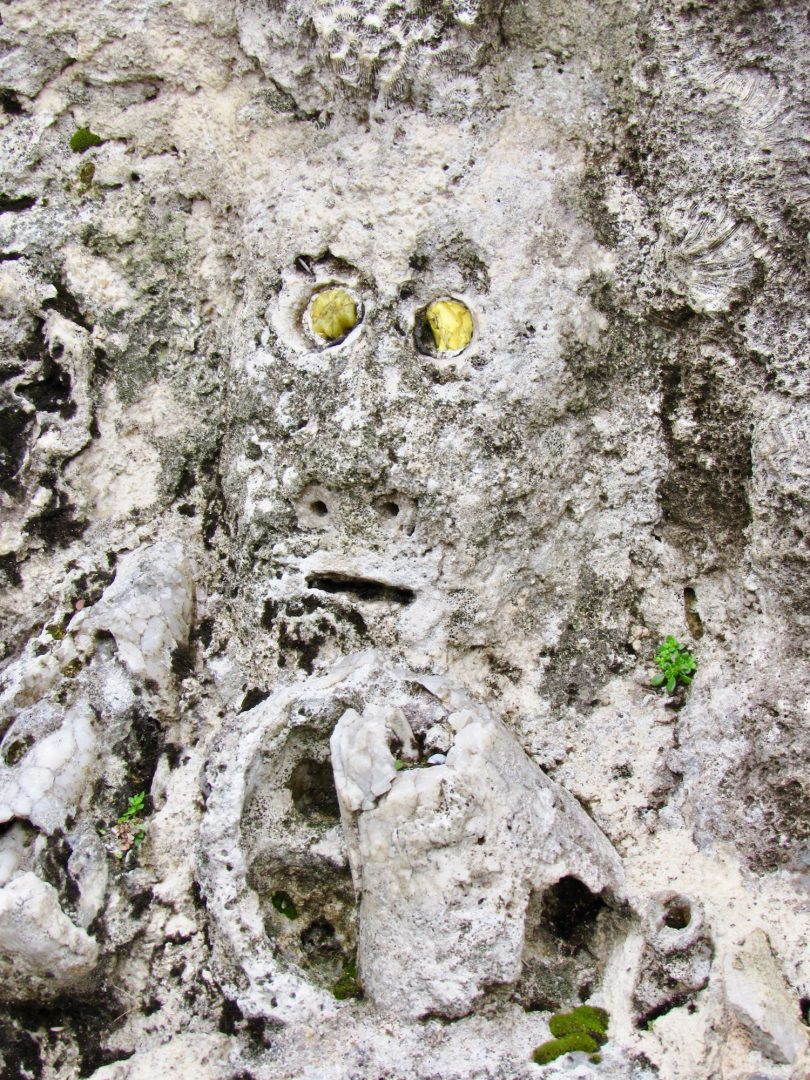
The question everyone asks is how did a man who was 5 feet tall and weighed a little over 100 pounds built all of this?
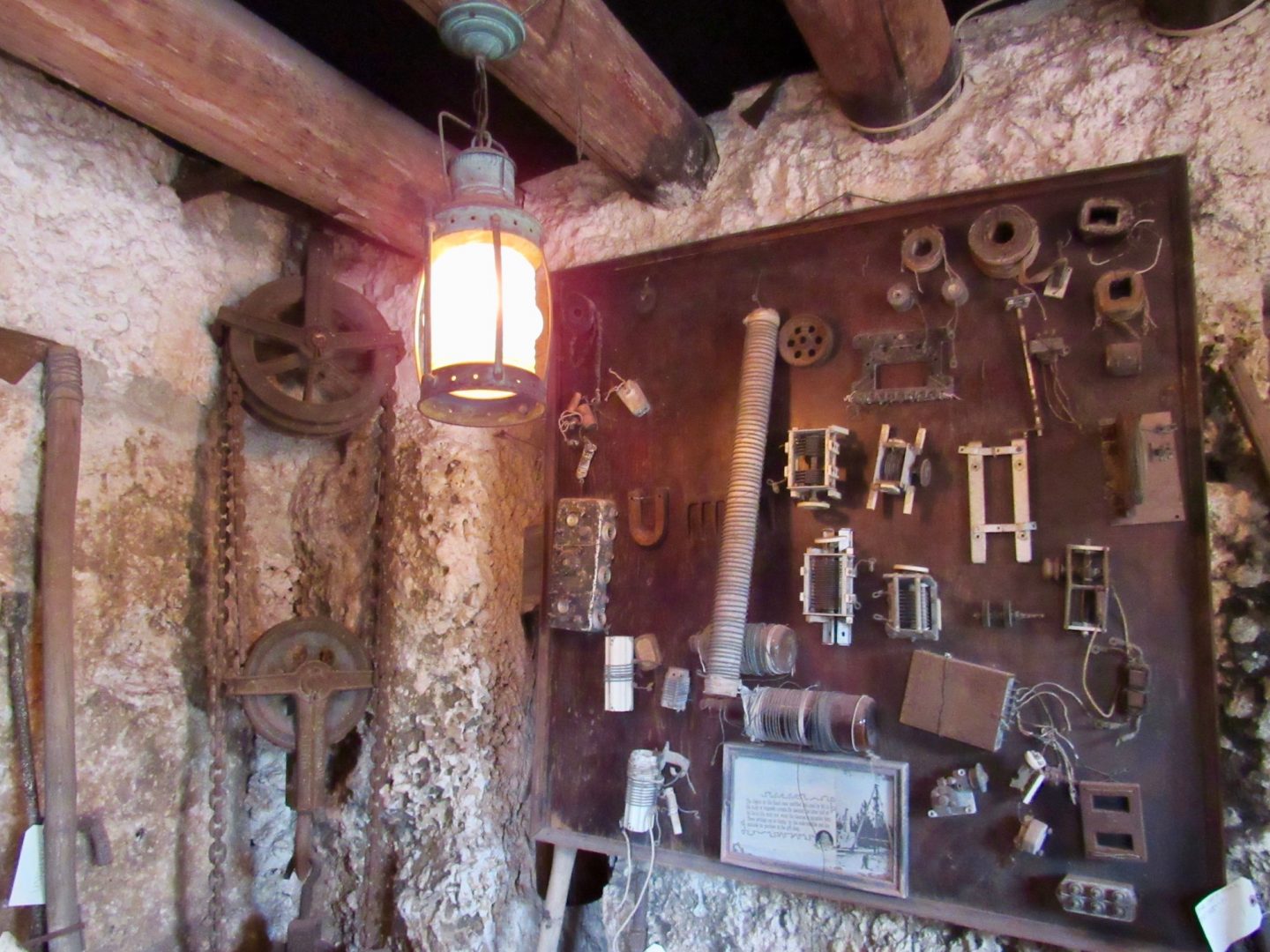
If you asked Ed how he did it, he replied “it’s easy if you know what you’re doing” or “I think I understand how the Egyptians made the pyramids.”
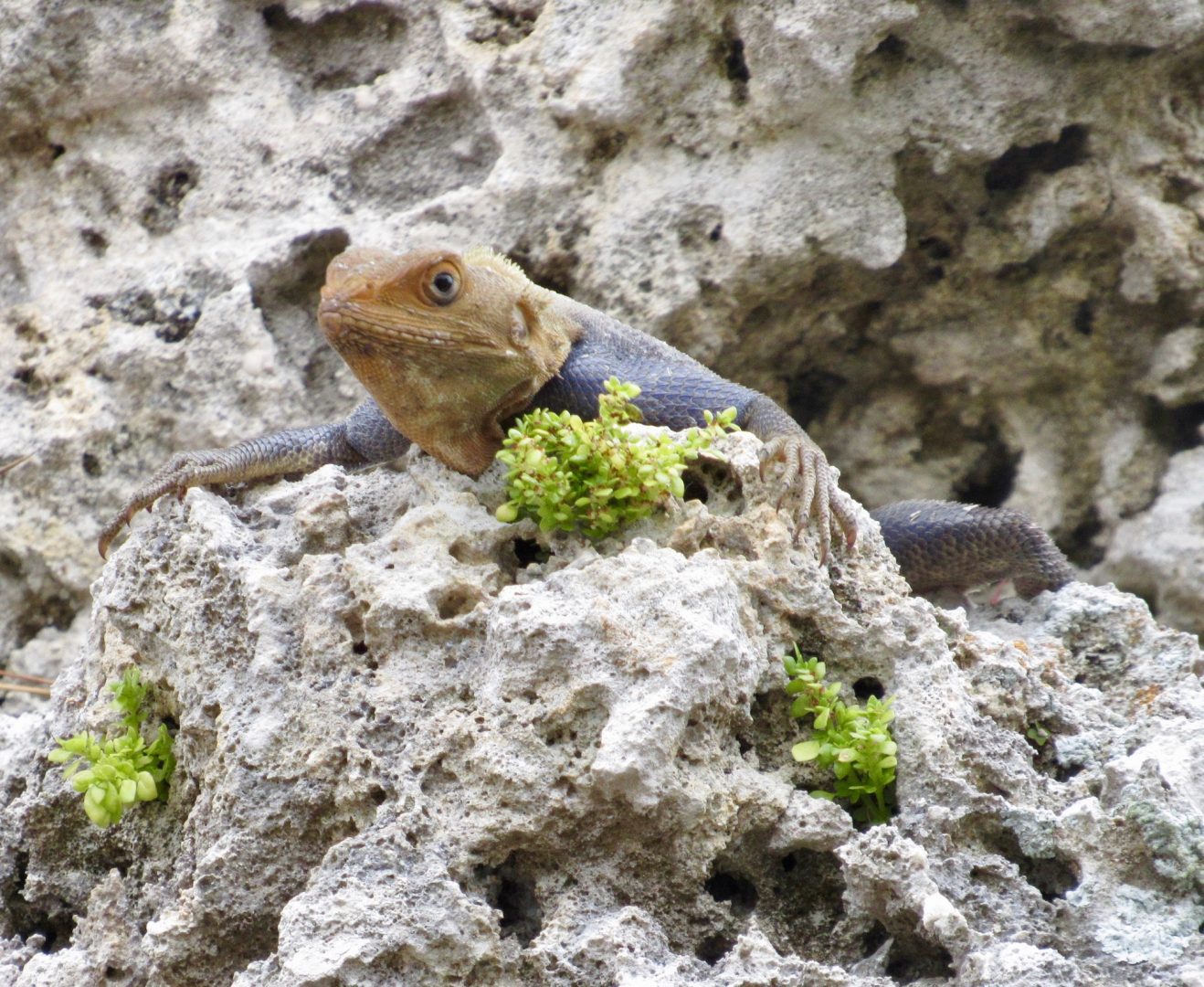
The Internet has many theories of how he built such heavy structures. Fortunately, Ed left clues in his books including the book “Magnetic Stream.” He said that by directing this “perpetual electromagnetic energy,” he could easily manipulate large stones. If you want to know more theories you can spend hours seeing sites that say they know the mysteries of Coral Castle.

When I went before some pieces work that no longer work today, like a carousel that Ed used to sunbathe. There is also a revolving door of nine tons (18,000 pounds). The guide explained that this door worked for 50 years without lubrication and finally stopped working in 1986.
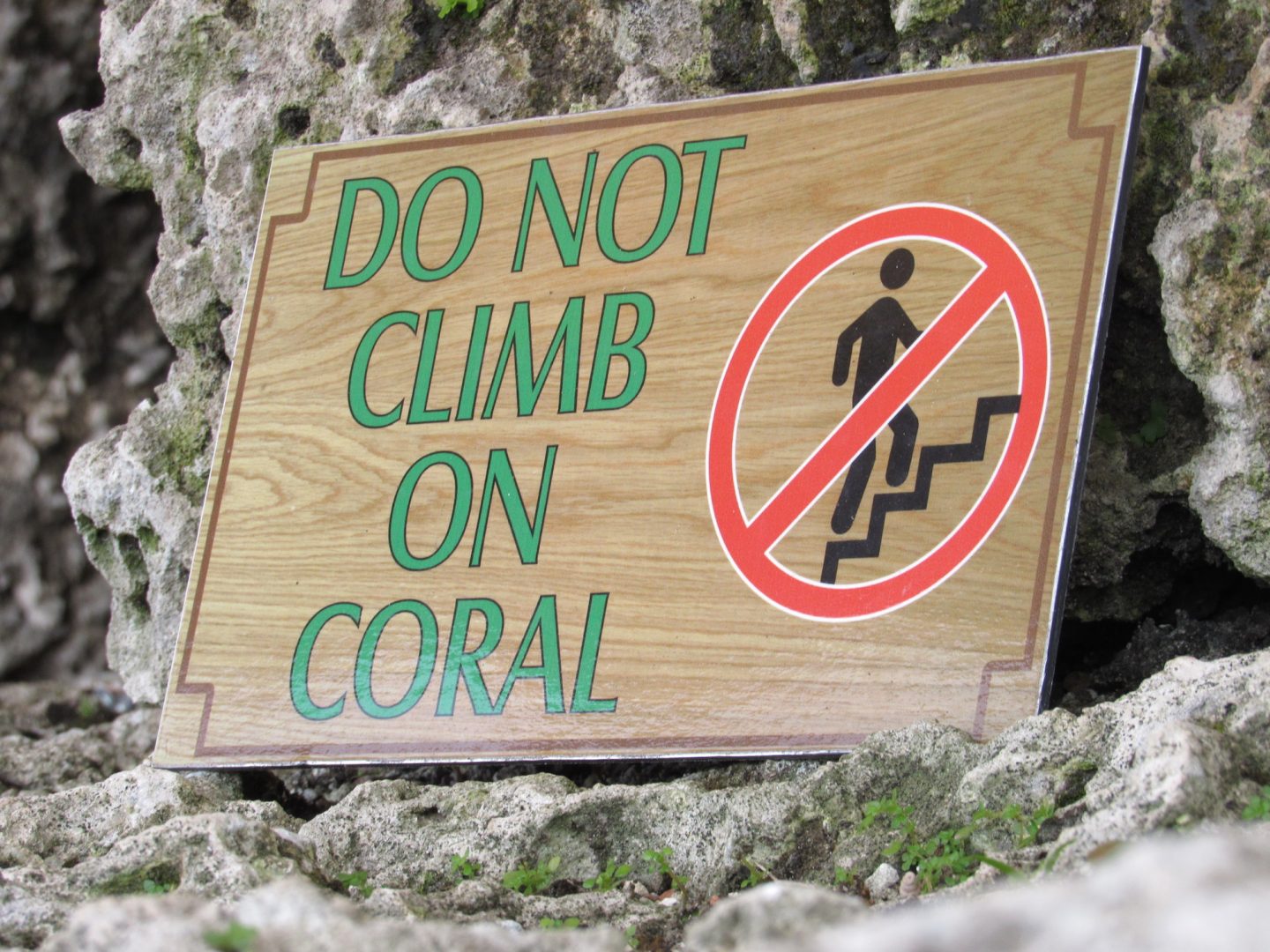
An extremely eccentric home
Edward Leedskalnin lived in the coral castle in a tower that has 16 stairs to climb. His life was very poor even though he made money.

When you go up you pity what you see, it seems as if he lived in a prison. The bed was minimal, two old chairs and a small closet is all that is in the upper space.
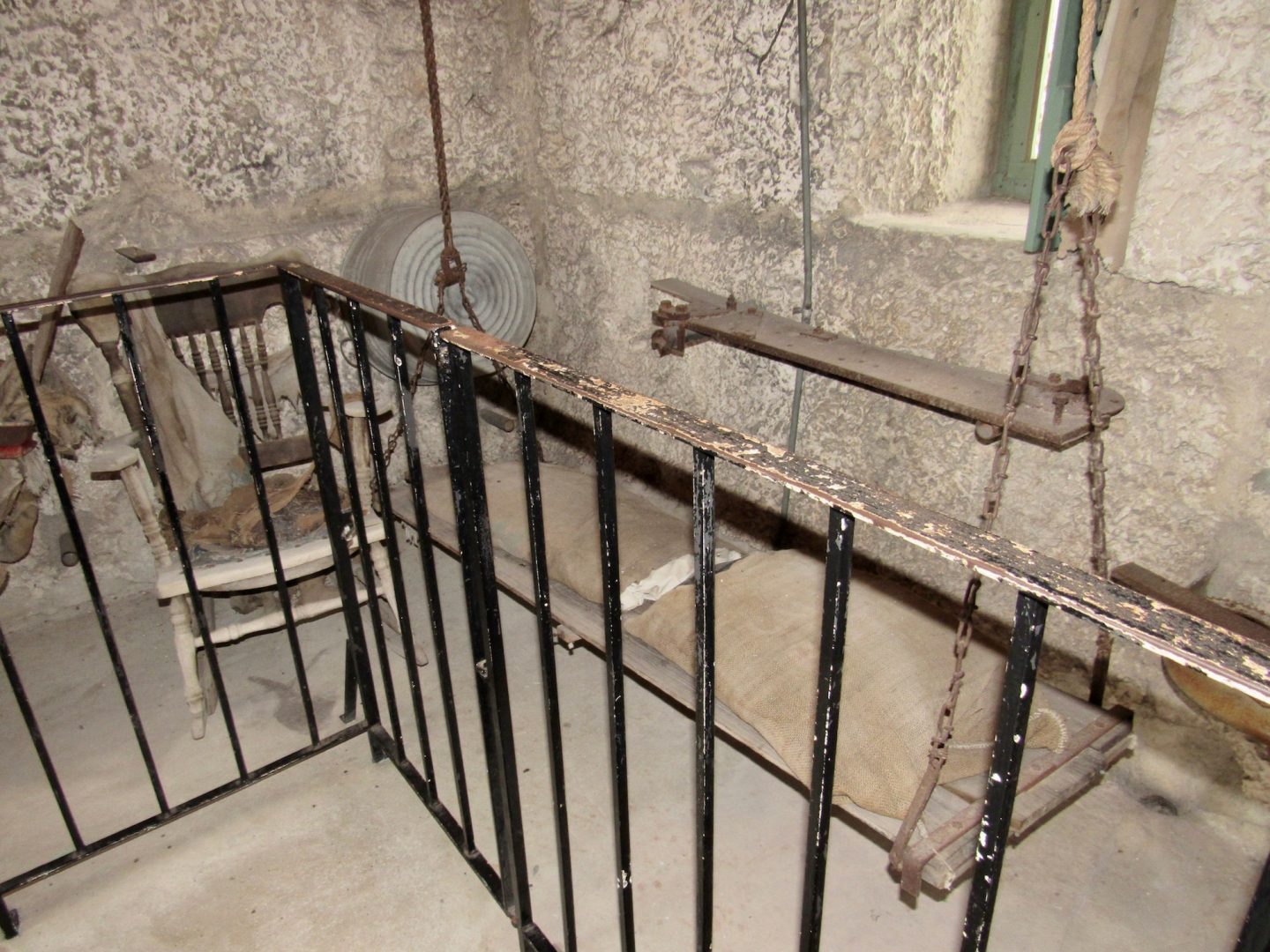
At the bottom is its tool shed and a current representation of its size (average 5 feet). I think I look much bigger than him.
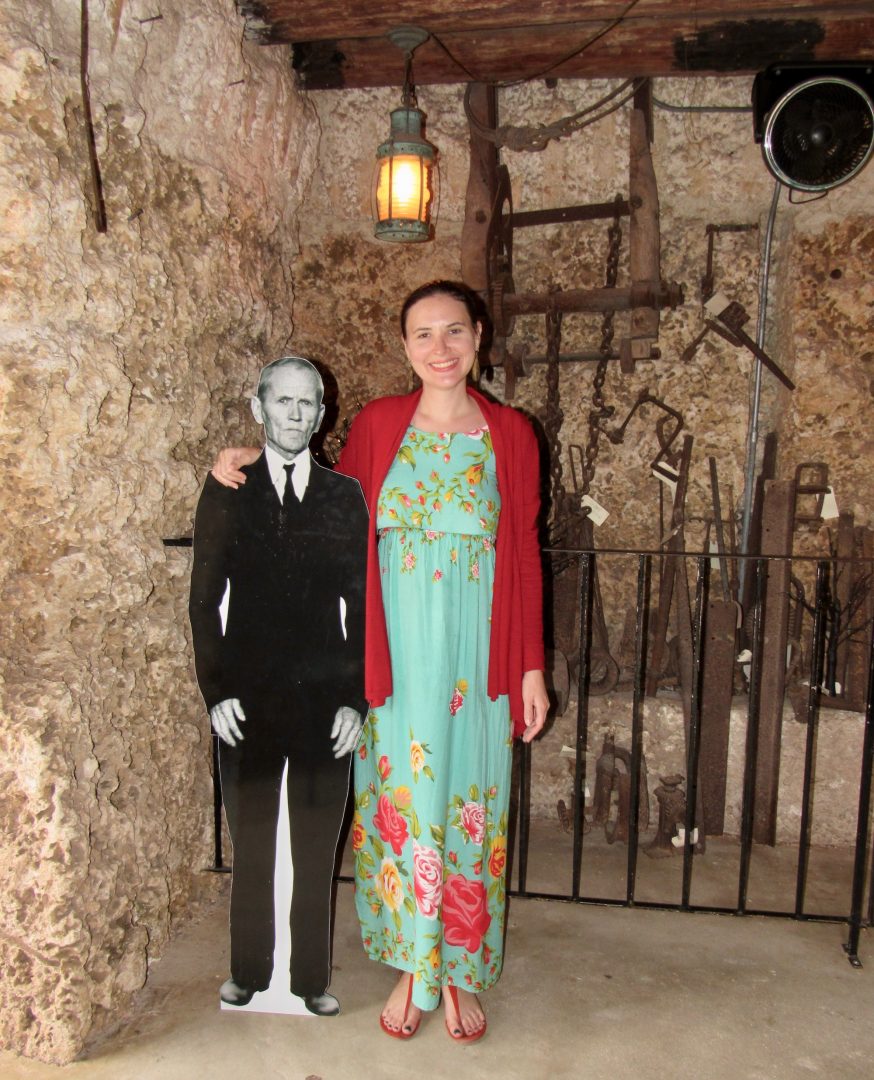
He built a table in the shape of Florida with rocking chairs of one ton, but they were already fixed for security reasons. In front there is a podium built by Ed excited that the governor of Florida was going to visit him, but that never happened.
As he had no drinking water he decided to make a well that has super clear water. He also had no electricity, so he stored his food in glass jars and brought them down to the well where it was colder.
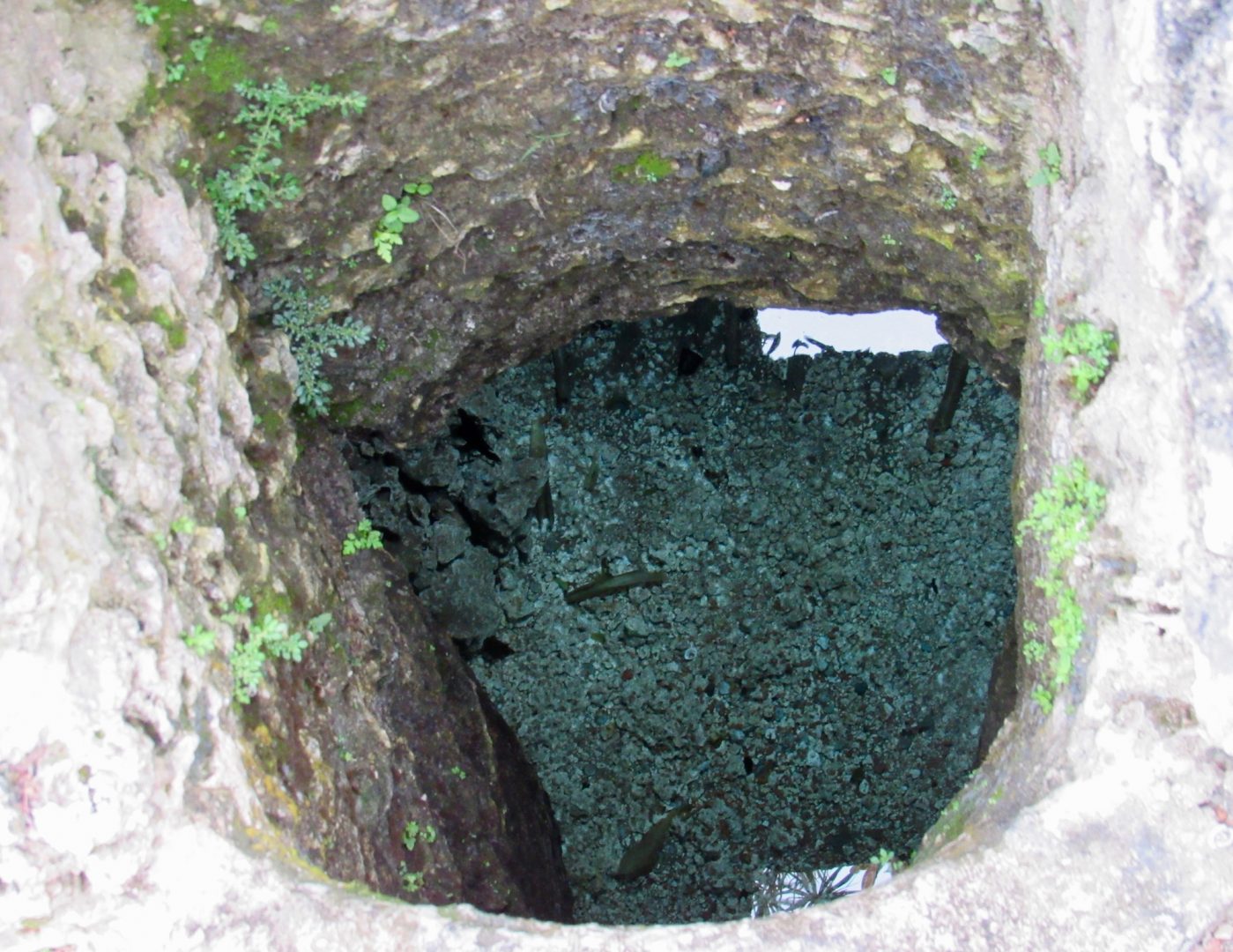
There are containers for washing your hands everywhere. He also made a bathtub that he left with water all day so it would get hot and then he could remove the cover and drain.
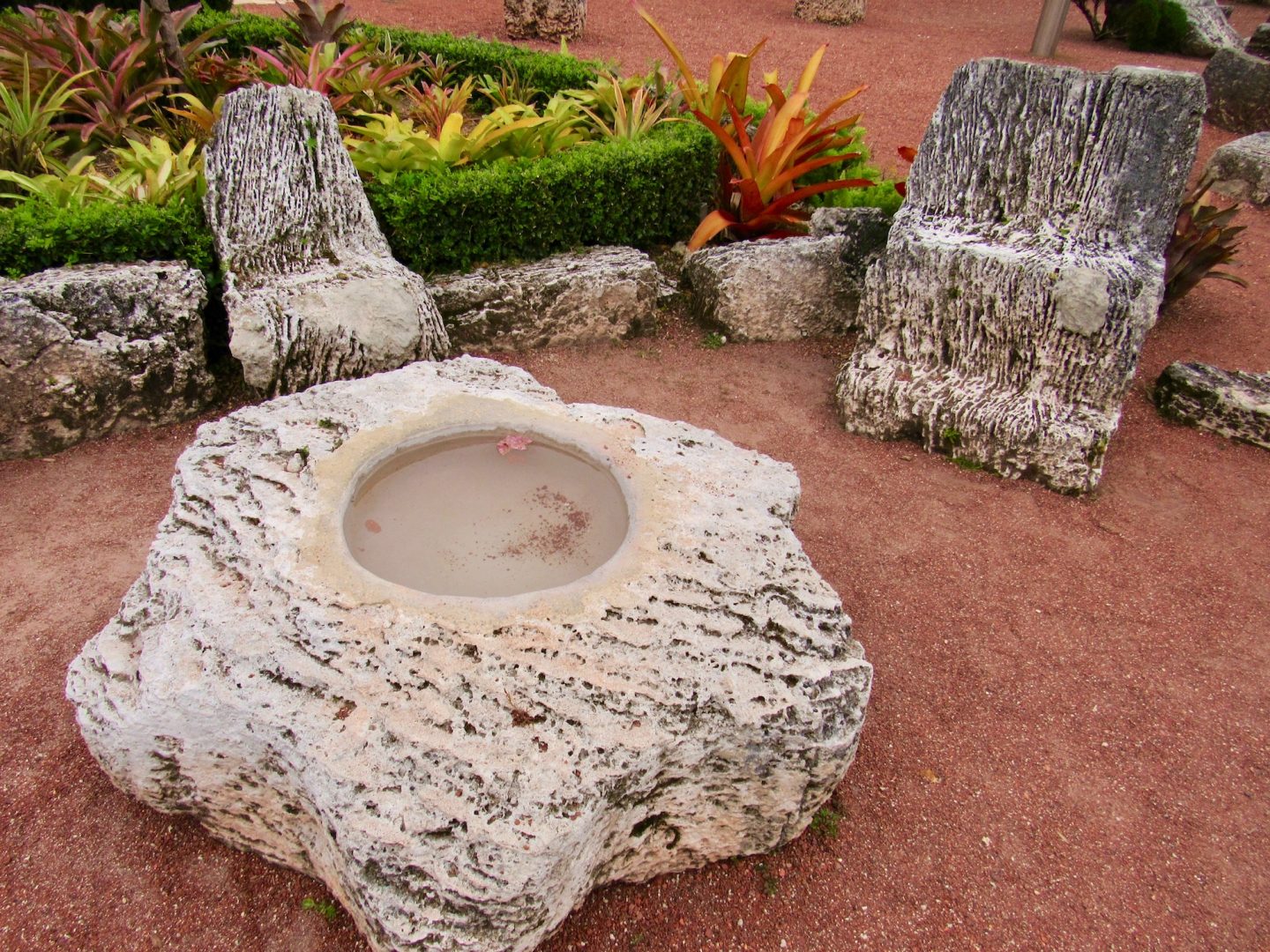
He made a heart-shaped table, which according to Ripley’s Believe It or Not is the largest Valentine’s card in the world weighing 5,000 pounds (2,268 kilos). Many couples go there to get engaged or renew their vows.
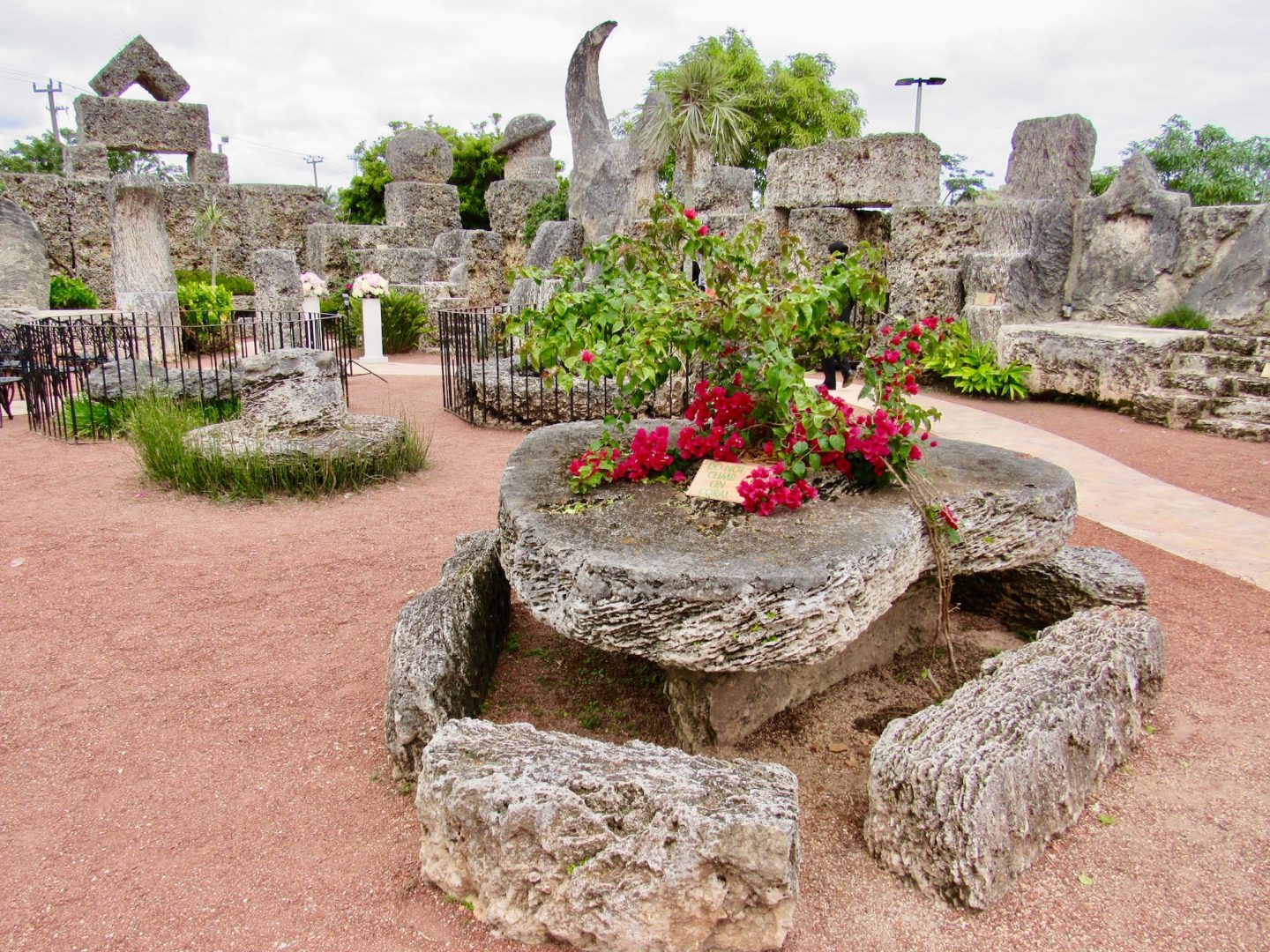
Ed was fascinated with astrology
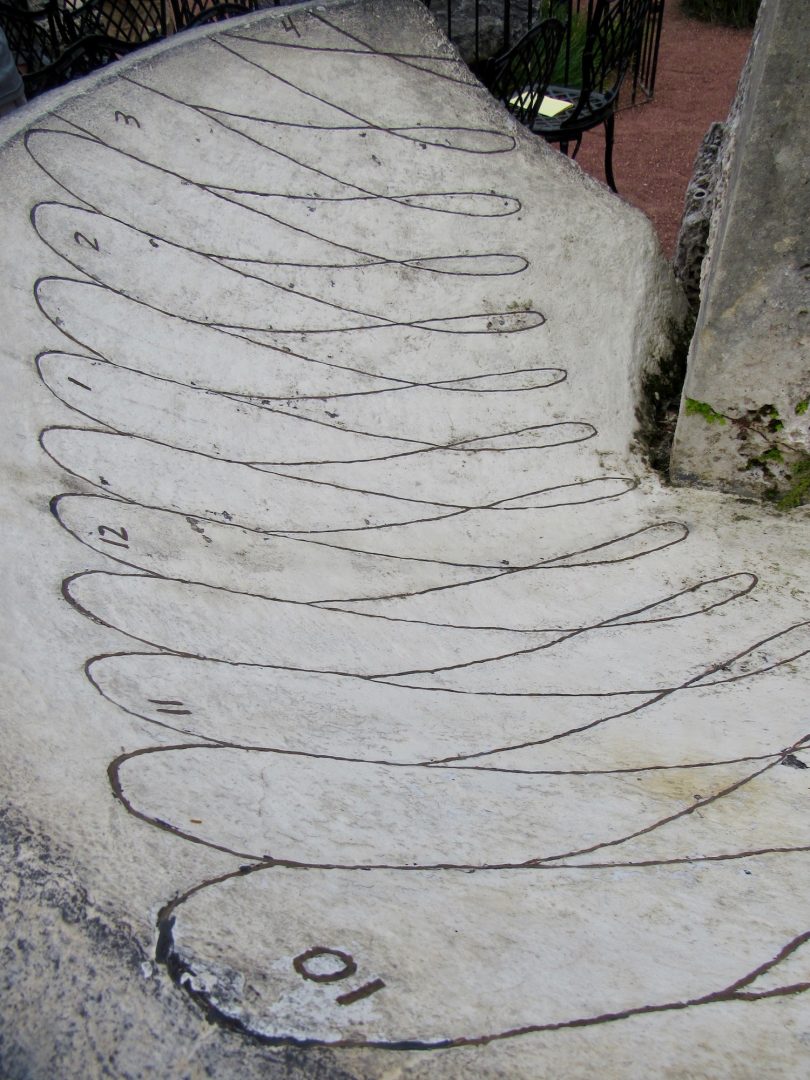
There are many stars with 6 points that look like the star of David, but in reality they are Masonic symbols. Another monolithic structure is the “Polaris Telescope” which is estimated to weigh between 20 and 30 tons. It has a hole in the north wall so you can see about 20 feet outside the castle. If you look on a clear night you can see the north star (Polaris). Coral Castle is open until 7 p.m. on Fridays and Saturdays so it is possible to go at night.
There is a throne room that is possibly the most photographed place in the Coral Castle. From those times he understood the need for tourists to take photos and made a camera stand to take the perfect photo. The background is quite curious, stones in the form of Mars, Saturn, the Moon and Venus. The throne was for him and the chairs next to him for his love and his son, behind there is another more uncomfortable chair for the mother-in-law.
The death of Ed and the new owners of Coral Castle
In 1951, Ed put up a sign saying “I’m going to the hospital” and took the bus to Jackson Memorial Hospital in Miami. He died a few days later at the age of 64. The death certificate states that he died of “uremia, kidney failure.”
Since he did not have a will, his property passed to a nephew named Harry who lived in Michigan. The property was abandoned and most of their tools were stolen. Currently only 25-35% remain.
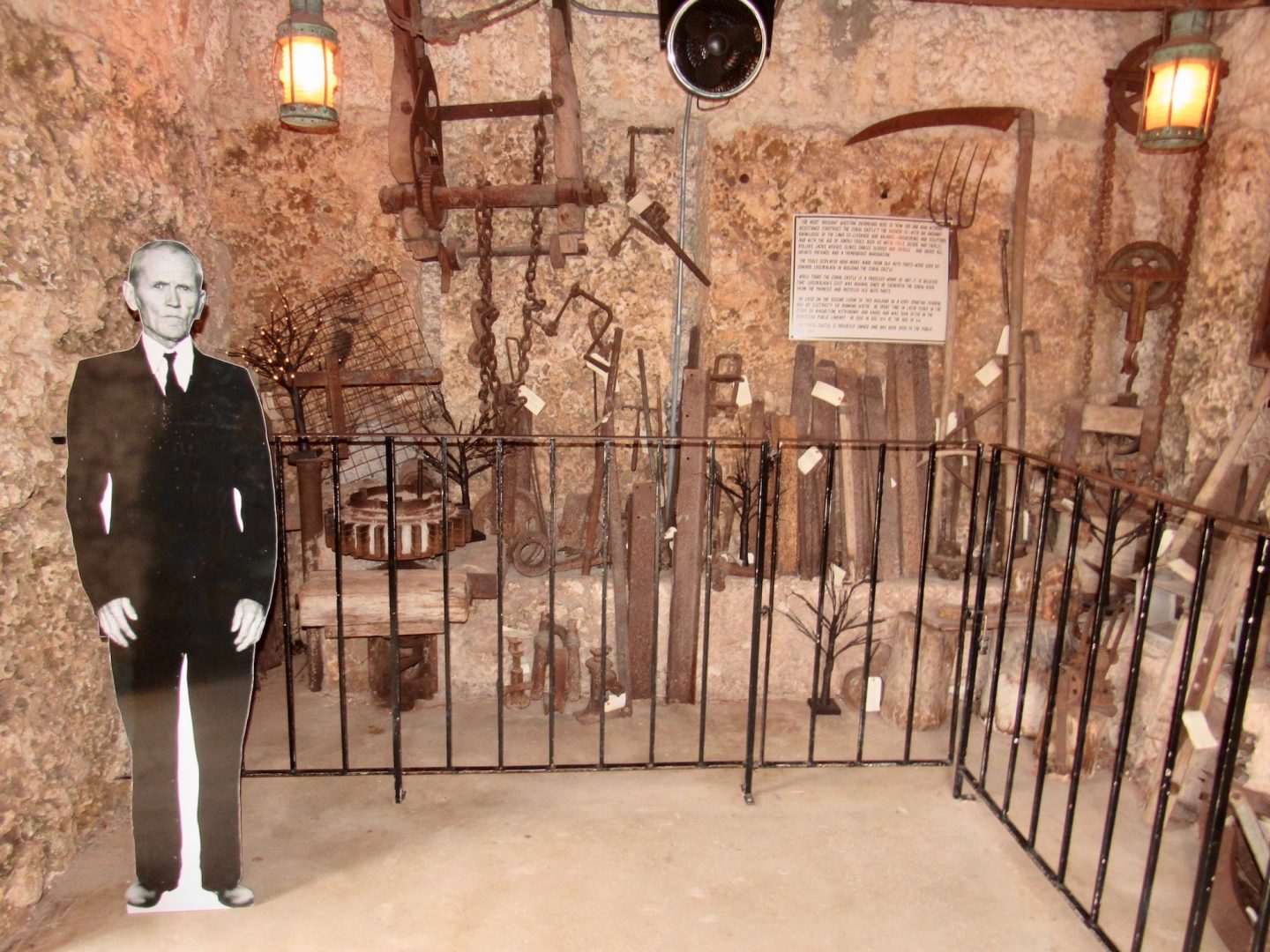
The nephew was in poor health and died two years later, but before he sold the property to an Illinois family. When they investigated the property, they found $3,500 that he had hidden among his belongings. In 1981 the new owner sold the property to a corporation called Coral Castle, Inc. for $175,000.
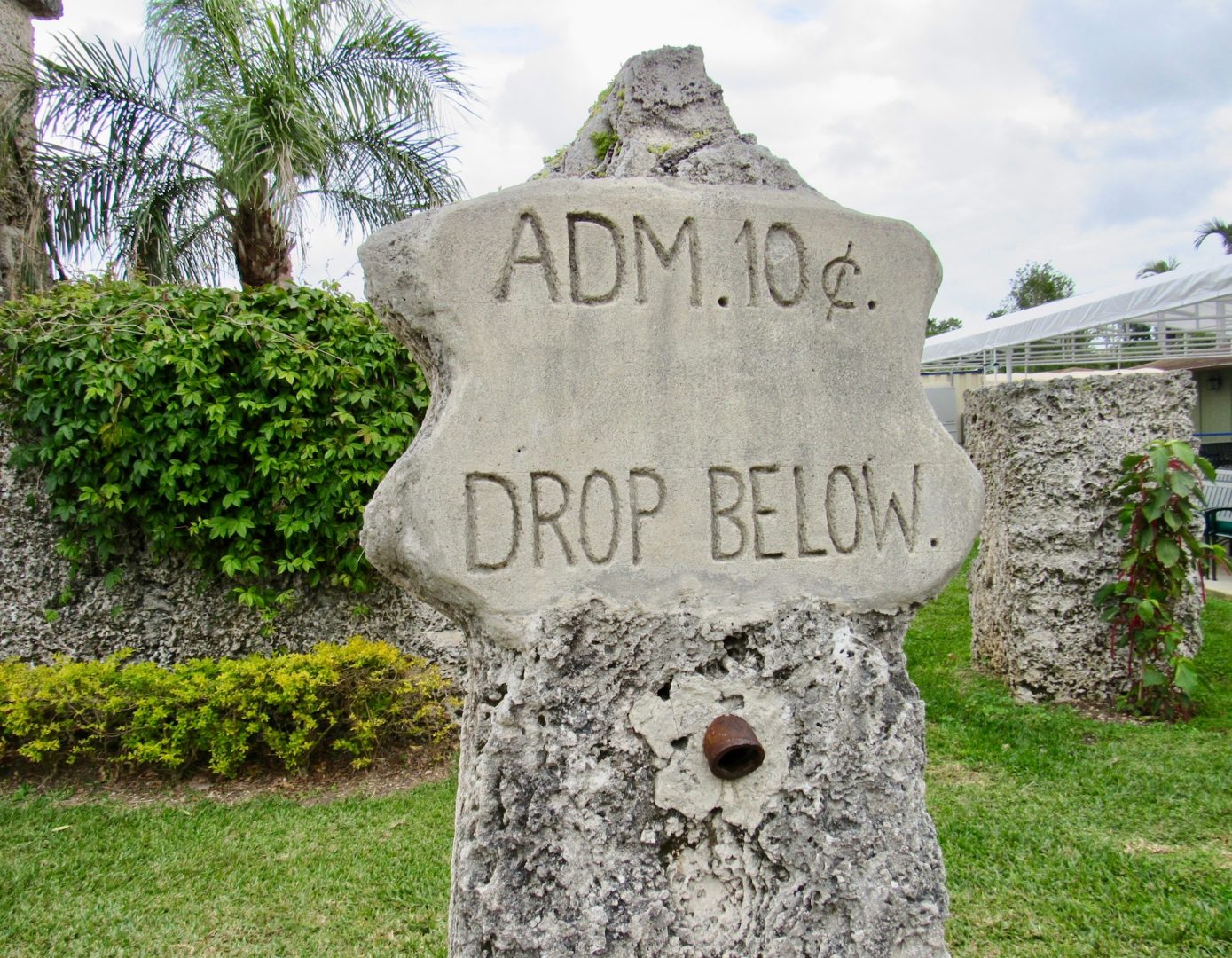
In 1984, the property was included in the National Register of Historic Places as Rock Gate and it was not until 2011 that the name was changed to Coral Castle.
